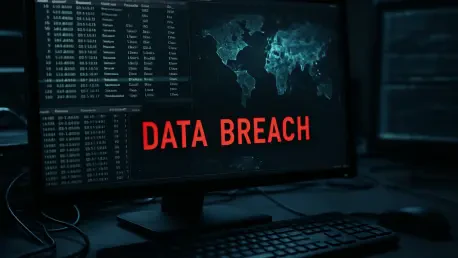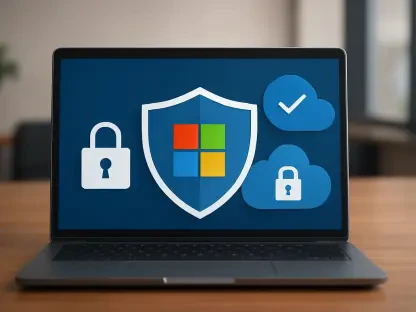In a chilling reminder of the fragility of digital security, a major cybersecurity provider, SonicWall, has fallen victim to a significant data breach that jeopardized the network integrity of countless organizations worldwide. This incident, affecting the company’s MySonicWall cloud backup service, initially appeared limited in scope but soon revealed a far graver reality. Hackers, through a brute force attack on the service’s API, gained access to backup configuration files for every customer using the platform. These files, while encrypted, contained sensitive details such as credentials, firewall rules, and network routing information. The exposure of such data creates a dangerous blueprint for potential attackers, who could exploit this information to orchestrate targeted and sophisticated assaults on vulnerable systems. This breach not only highlights the persistent threats facing cloud-based services but also raises urgent questions about the adequacy of protective measures in safeguarding critical infrastructure against evolving cyber risks.
Unpacking the Impact and Response
The ramifications of this breach are profound, as the compromised configuration files provide a detailed map of customers’ network architectures, even if the data remains encrypted. Experts have warned that encrypted credentials, if weakly protected, could be cracked offline by determined attackers, while the structural insights from the configuration data alone enable malicious actors to identify and exploit specific weaknesses. SonicWall has taken steps to address the crisis by enhancing transparency through its customer portal, categorizing affected firewalls by risk level, and prioritizing urgent action for high-risk, internet-facing devices. Support tools and remediation guidance have been rolled out, alongside strengthened cloud infrastructure and new monitoring capabilities. However, criticism has emerged over the apparent absence of basic defenses like rate limiting, which could have thwarted the brute force attack. This incident underscores a critical lesson for the industry: while encryption offers a layer of security, it is not infallible, and lapses in fundamental safeguards can have devastating consequences.
Looking back, SonicWall’s response demonstrated a commitment to mitigating the damage through collaboration with incident response specialists and providing actionable resources to affected users. Yet, the breach exposed significant gaps in the company’s initial security posture. Moving forward, organizations relying on cloud backup services must prioritize robust access controls, proactive monitoring, and regular audits of their systems. The long-term implications of this event may linger, as trust in cloud-based solutions faces scrutiny. For the cybersecurity community, this serves as a pivotal moment to reevaluate and reinforce defenses, ensuring that critical network data remains protected against increasingly sophisticated threats.









